Port au Prince is the hustling, bustling, overflowing city-that-never-stops capital of Haiti. It is said that the streets are the living room of Port au Prince. From the brightly colored, stacked structures on the hillsides of the upscale Petionville suburb to the densely-packed, narrow crumbling streets of the City Soleil slum, it is an endless kaleidoscope of color, texture, and human activity.
Rapid fire vignettes flash by during a typical drive around the city: white UN trucks and remnants of repurposed Unicef tents; cement block walls crowned with barbed wire rolls; pink flowered bushes, dusty green trees, palm fronds and coconut clusters; narrow, rough streets of white rock and dirt; umbrella fruit stands and baguette stalls; signs in Creole and sometimes English, including one that reads “Plan B Construction”; leaning towers of bananas and water vessels balanced on heads; a mish-mash of rusting metal, piles of rubble, open ditches, and crumbling cement; and vividly decorated “tap taps”(public transportation vehicles).
- Port au Prince
- Port au Prince
- Port au Prince
- Port au Prince
- Port au Prince
- Port au Prince
- Port au Prince
All photos (c) Colleen Briggs 2014
Of the more than 9 million citizens of Haiti, more than 2 million live in the capital city (CIA Factbook). Some 400,000 people, mostly women and children eke out survival in the 8 square miles of Cite Soleil, one of the poorest, biggest, and most dangerous slums of the Western Hemisphere. Lacking basic sewage and utility services, about half the homes are made of cement and metal roofs while half are constructed from scavenged materials.
Haiti statistics at a glance:
- Life expectancy: 62 (CIA factbook)
- Median age: 21 (Unicef)
- Literacy rate: 48.7 (age 15 and older can read, CIA factbook)
- School attendance: 50% of primary age children ever attend school, 2% graduate high school (Unicef)
- Children living in orphanages: 380,000 before earthquake of 2010, most estimates double after earthquake (Haiti Orphan Project)
- “Restaveks” (poor children working as domestic laborers): 225,000 estimated, impossible to know exactly (Unicef)
- Children’s health: 1 in 5 children under age 5 are underweight (CIA factbook), 40% of children born in Haiti will not reach their 16th birthday
- Unemployment rate: 70% (Traveling Haiti)
- Still living in tents four years after earthquake: estimated at 150,000 (United Press International)
- Deforestation: 97% (lacking a reliable energy source, Haitians have cut down trees for decades, leading to massive erosion of valuable topsoil)
- Religion: 80% Roman Catholic, 16% Protestant, about half practice voodoo while roughly 95% hold to at least some voodoo beliefs or superstitions
- Corruption: Amnesty International has labeled Haiti and Bangladesh the two most corrupt countries in the world
There’s no way around it, the statistics in Haiti are grim. The country seems to emanate a steady stream of bad news: corrupt and violent governments, tragic tropical storms, and, of course, the horrific earthquake of 2010 that shocked the world and exacerbated the struggles of a country already drowning in poverty and despair. But a place is always more than numbers. For how can hope and courage be quantified?
As I stepped foot in Port au Prince for the first time, I admit I arrived with a bias: in the midst of great darkness, the light shines that much brighter. I’ve witnessed it in the farthest reaches of the world, and I saw it no less in this corner of the world called Haiti.
all photos copyrighted by Colleen Briggs and Young Life 2014

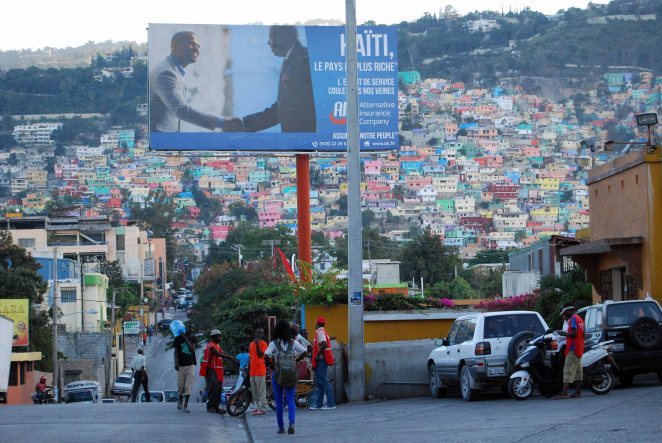



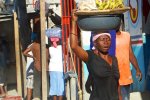




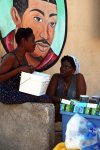
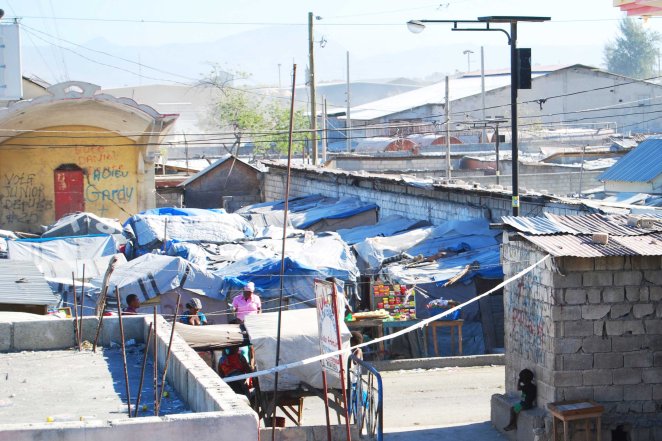

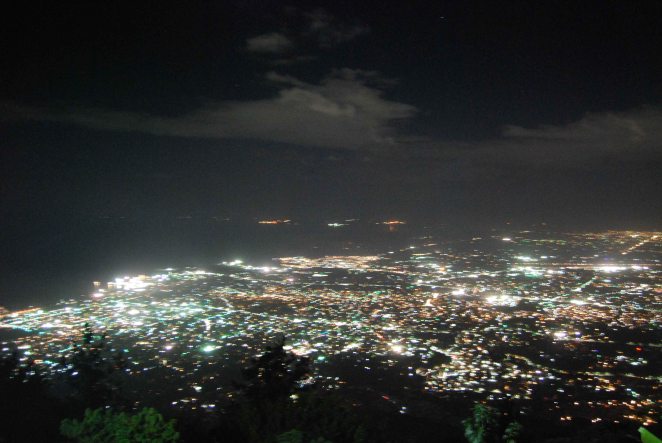
Such a touching post and photos. I had friends that were missionaries to Port au Prince for many years. Though I have never been, I can’t help but have a special place in my heart for the Haitian people. Thanks for sharing these beautiful pictures.
LikeLike
Thank you Marcia! I am excited to write about the amazing Haitian people I was privileged to meet. Honestly, I’m still processing their impact in my life in a way that is deeper than words. But I know the words will come. I always enjoy your beautiful photography!
LikeLike
We are planning a humanitarian trip from our church focusing on the orphanages this August. Many thanks for your poignant pictures and thoughts on Haiti.
Many Blessings.
LikeLiked by 1 person
May God bless your work with the orphanages! Thank you for your visit, Jan. Many blessings to you!
LikeLike
I visited Haiti a few months after you, purely as a traveler. I must say that the Haitian people really are a resilient bunch and remain ever positive people under their circumstances. It’s one of the most profound experiences I’ve had visiting there. Thanks for the post.
LikeLiked by 1 person
I agree! I still think often of those few days I spent there. The people I met have impacted me forever! Thanks so much for your visit and comment. I enjoyed perusing your travel accounts in your blog!
LikeLike
I was in Haiti in 2012, both in Port au Prince and out in the country. It was one of the greatest experiences of my life. I worked at a mission that taught Haitians agricultural and construction skills as well as having a lab where they made and fitted prosthetic limbs. Haiti has many crush victims who became amputees as the result of the earth quake. You find the best and the worst life has to offer in Haiti. Your photos really bring me back to that time and make me want to return there.
LikeLike
Thank you for the visit, Gene, and your comments! Yes, I long to return to Haiti and explore more of its depths. Even though my visit was short, I was very fortunate to spend the visit in direct interaction with amazing Haitian people, which always allows for the experience of the soul of a country and not just a surface surveillance. Your humanitarian work there sounds incredible!
LikeLiked by 1 person